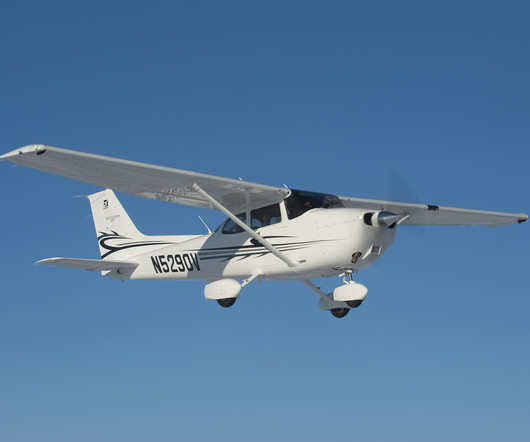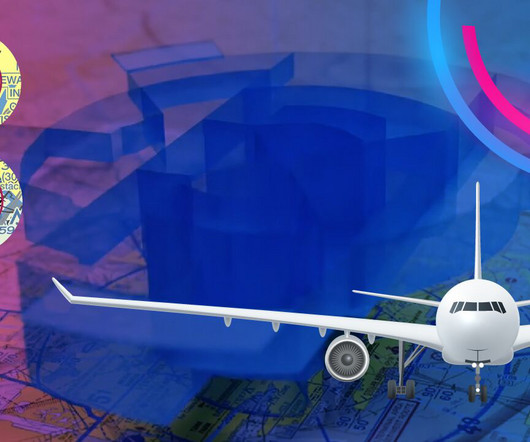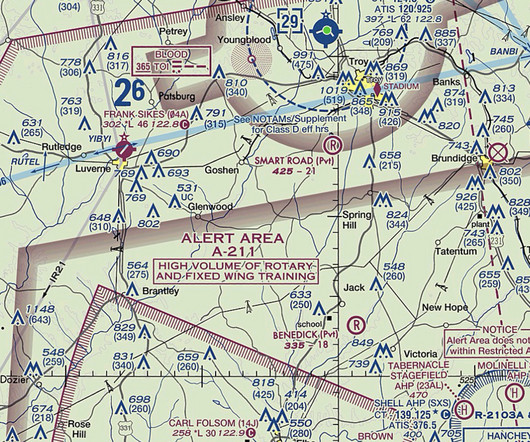Quiz: Airspace classifications and rules
Flight Training Central
MARCH 10, 2025
To operate in Class D airspace, you must: Be in contact with ATC and have a clearance to enter. A temporary flight restriction (TFR) may be issued for: Areas around major sporting events below 3,000 AGL and within 3 nautical miles. VOR/DME must complete an online course covering flight operations in the D.C. Both are correct.

















Let's personalize your content